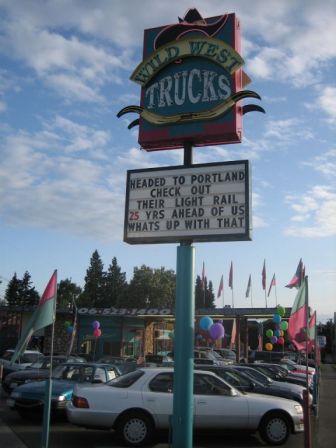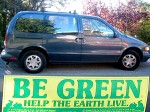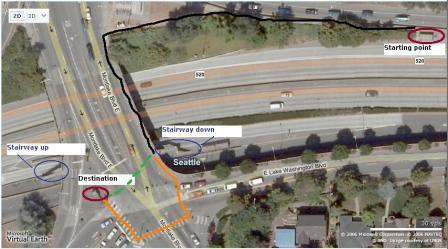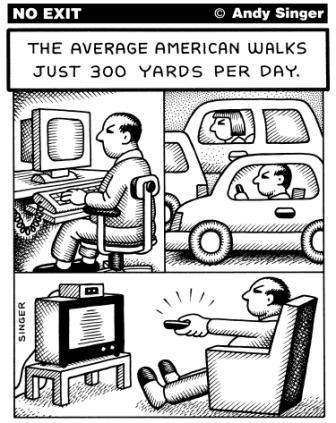Last night I finally watched Taken for a Ride,–only 10 years after its 1996 release. The film is only available on VHS, and even then, copies are scarce (I got mine from the library), but if you haven’t seen it yet, you should make the effort.
Taken for a Ride is a documentary about how General Motors, through the holding company National City Lines, purchased streetcar and trolley systems in 40 American cities (not sure if Seattle was one of them, but I do know we used to have streetcars) and purposely altered operations to make them less efficient and useful. They then destroyed the existing streetcar infrastructure, burned or sold the trolleys, and replaced the systems with GM buses.
Beyond simply making cities dependent on vehicles that the company made, the intent behind this move (or so the film asserts) was to provide people with a less desirable public transportation option (buses are noisy, polluting, and dependent on traffic), so more people would choose to travel by car. It also had the added benefit of making the newly track-free streets completely available to motorized traffic.
GM was part of the extremely powerful highway lobby, the force behind the interstate highway system we know today. Apparently, freeways began to appear in cities in the late 50’s/early 60’s, and apparently, there was strong citizen opposition to them. The filmmakers interviewed community activists who said that when freeways came to their cities, homes, libraries, and churches were demolished, and neighborhoods were bisected.
I remember an incidental mention of resistance to I-5 in my Quintard Taylor book about the history of the Central District, and when I was a kid, my dad would tell stories about what Seattle was like before there was an I-5. I listened politely, but in my mind, it was just talk, no different from my grandma’s stories of penny candy and eggs straight from the chicken. Even now, as much as I support the idea of transit-dependent, car-free communities, I simply cannot conceive of an American city that does not have freeways.
Which reminds me (and then I promise I’m done): My favorite part of the film was the old footage of highway lobby TV ads. The first one showed 1950’s-style “good American” types sitting in their cars, frustrated by noisy, gridlocked traffic. The voice-over says something like, “It’s your country.” [um, actually…] “Ask for better highways and more parking space.” The second one was almost as good. I can’t exactly remember the action–I think it showed someone driving on a beautiful, coastal highway–but that’s not important. The important thing was the text that flashed across the screen: Mobility: the Fifth Freedom.
“What’s good for GM…“





